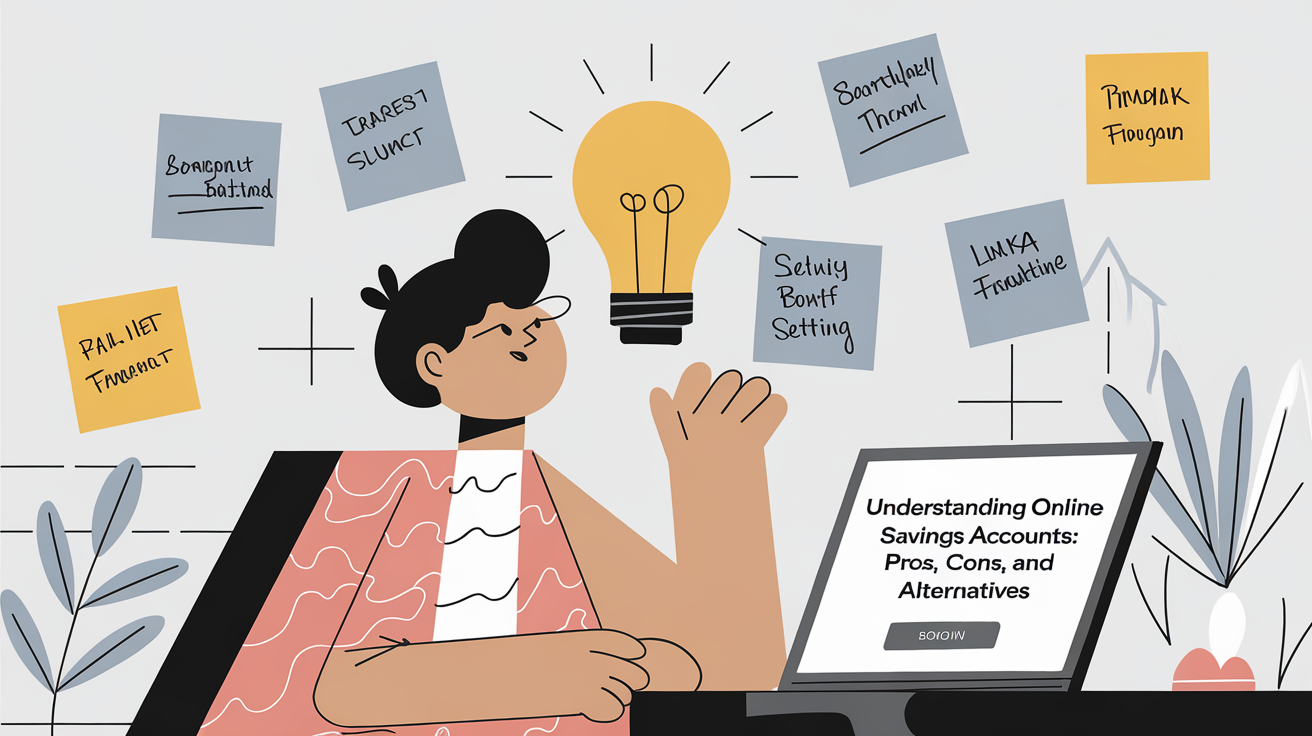Understanding Private Mortgage Insurance (PMI): A Comprehensive Guide
Private mortgage insurance (PMI) is a type of insurance that borrowers pay to protect mortgage lenders against financial loss in the event of foreclosure. Unlike government-backed mortgage insurance, PMI is provided by private companies. Whether you need to pay PMI when buying a home depends on several factors. Let’s delve into how PMI works, its costs, and how you can manage it effectively.
How Does Private Mortgage Insurance Work?
Conventional mortgage lenders typically require borrowers to make a down payment of 20% of the home’s purchase price. This is because lenders prefer to issue loans for no more than 80% of the home’s market value, known as the loan-to-value (LTV) ratio. The LTV ratio is calculated as follows:
LTV = Mortgage Loan Amount / Appraised Home Value
For example, on a $300,000 home, a 20% down payment ($60,000) results in a loan of $240,000, yielding an LTV ratio of 80%. If a borrower puts down 15% ($45,000), the loan amount would be $255,000, resulting in an LTV ratio of 85%.
Lenders prefer an 80% or lower LTV ratio to mitigate the risk of financial loss if the borrower defaults. However, coming up with a 20% down payment can be challenging, especially for first-time homebuyers. To address this, lenders offer PMI for loans with LTV ratios greater than 80%. PMI covers the difference between the actual down payment and the 20% threshold.
For instance, if you make a 10% down payment on a $300,000 home (LTV = 90%), you would need PMI coverage for $30,000 to reach an 80% LTV ratio.
How Much Does PMI Cost?
The cost of PMI varies based on the provider, loan size, loan type, and potentially your debt-to-income (DTI) ratio. Premiums increase with the amount of coverage required, and PMI on adjustable-rate mortgages is more expensive than on fixed-rate mortgages.
PMI can cost between 0.5% to 2% of the total loan amount per year. Payment structures include:
- Monthly: The most common arrangement, where the annual PMI premium is divided into 12 monthly payments added to your mortgage bill.
- Upfront: A lump-sum payment at closing, which lowers monthly payments but is non-refundable if you sell the home soon after.
- Split premiums: A combination of upfront payment and monthly payments, though less common.
- Lender-paid PMI: The lender covers the PMI premium but increases your interest rate. This option is less desirable as it cannot be canceled.
What to Consider Before Choosing a Loan With PMI
PMI can be a useful tool for getting into a home without a 20% down payment. However, it adds to the cost of homeownership. If you’re already concerned about loan payments and other expenses, PMI could increase your financial stress.
To avoid PMI, consider the following options:
- Government-insured loans: Loans from the Federal Housing Administration (FHA) or the U.S. Department of Veterans Affairs (VA) can help you avoid PMI, though they come with borrowing restrictions.
- Save for a 20% down payment: While this may take time, it can help you avoid PMI. Be mindful that housing prices may rise as you save.
- Consider a smaller loan: Use your savings for a down payment on a less expensive home, such as an older property, a smaller home, or a condominium. This can set the stage for upgrading to a larger property in the future.
How to Get Rid of PMI
Many borrowers are eager to cancel their PMI coverage once they reach a sufficient equity level. PMI is often automatically removed when your monthly payments reduce the LTV ratio to 78%. However, you can request PMI removal earlier if your equity reaches 20% of the home’s original value.
The time it takes to reach an 80% LTV ratio depends on:
- Down payment size: The closer your initial down payment is to 20%, the sooner you’ll reach 80% LTV.
- Monthly payments: Overpaying your mortgage can accelerate equity accumulation and reduce PMI costs.
- Appraised value changes: Rising home prices can help you reach 20% equity faster, while declining values can delay it.
Before PMI can be removed, you may need a new appraisal to confirm the home’s current value. If the appraisal shows an 80% LTV ratio, you can eliminate PMI. Otherwise, you can try again later, though another appraisal may be required.
Can a Good Credit Score Help Me Avoid PMI?
A good credit score can qualify you for an 80/20 mortgage, which avoids PMI by splitting the loan into two parts: an 80% mortgage and a 20% second loan. Both loans are secured against the home, so defaulting on either can lead to foreclosure.
Lenders are selective about issuing 80/20 loans, requiring excellent credit, a strong employment history, sufficient savings, and a low debt-to-income ratio. While not accessible to everyone, it’s an option worth exploring if you meet the criteria.
Many homebuyers view PMI as a necessary expense to achieve homeownership with less than a 20% down payment. Understanding PMI can help you navigate the homebuying process and potentially get into the home of your dreams.
At O1ne Mortgage, we are committed to helping you find the best mortgage solutions tailored to your needs. For any mortgage service needs, call us at 213-732-3074. Our team of experts is here to assist you every step of the way.

